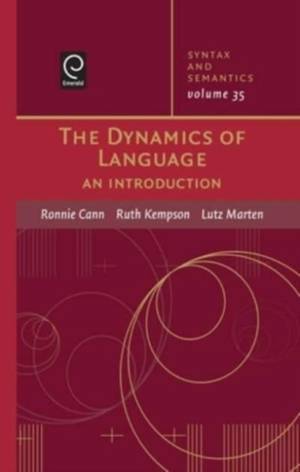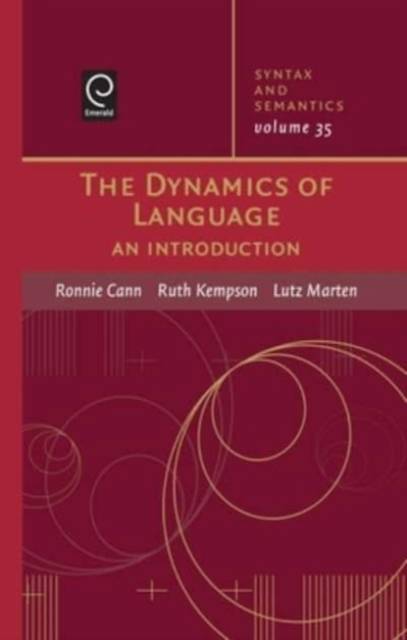
- Afhalen na 1 uur in een winkel met voorraad
- Gratis thuislevering in België vanaf € 30
- Ruim aanbod met 7 miljoen producten
- Afhalen na 1 uur in een winkel met voorraad
- Gratis thuislevering in België vanaf € 30
- Ruim aanbod met 7 miljoen producten
Zoeken
Omschrijving
For the whole of the last half-century, most theoretical syntacticians have assumed that knowledge of language is different from the tasks of speaking and understanding. There have been some dissenters, but, by and large, this view still holds sway. This book takes a different view: it continues the task set in hand by Kempson et al (2001) of arguing that the common-sense intuition is correct that knowledge of language consists in being able to use it in speaking and understanding. The Dynamics of Language argues that interpretation is built up across as sequence of words relative to some context and that this is all that is needed to explain the structural properties of language. The dynamics of how interpretation is built up is the syntax of a language system. The authors' first task is to convey to a general linguistic audience with a minimum of formal apparatus, the substance of that formal system. Secondly, as linguists, they set themselves the task of applying the formal system to as broad an array of linguistic puzzles as possible, the languages analysed ranging from English to Japanese and Swahili. It argues that knowledge in language consists of being able to use it in speaking and understanding. It analyses a variety of languages, from English to Japanese and Swahili. It appeals to a wide audience in the disciplines of language, linguistics, anthropology, education, psychology, cognitive science, law, media studies, and medicine.
Specificaties
Betrokkenen
- Uitgeverij:
Inhoud
- Aantal bladzijden:
- 440
- Taal:
- Engels
- Reeks:
- Reeksnummer:
- nr. 35
Eigenschappen
- Productcode (EAN):
- 9780126135367
- Verschijningsdatum:
- 1/08/2005
- Uitvoering:
- Paperback
- Formaat:
- Trade paperback (VS)
- Afmetingen:
- 151 mm x 224 mm
- Gewicht:
- 684 g

Alleen bij Standaard Boekhandel
+ 111 punten op je klantenkaart van Standaard Boekhandel
Beoordelingen
We publiceren alleen reviews die voldoen aan de voorwaarden voor reviews. Bekijk onze voorwaarden voor reviews.










